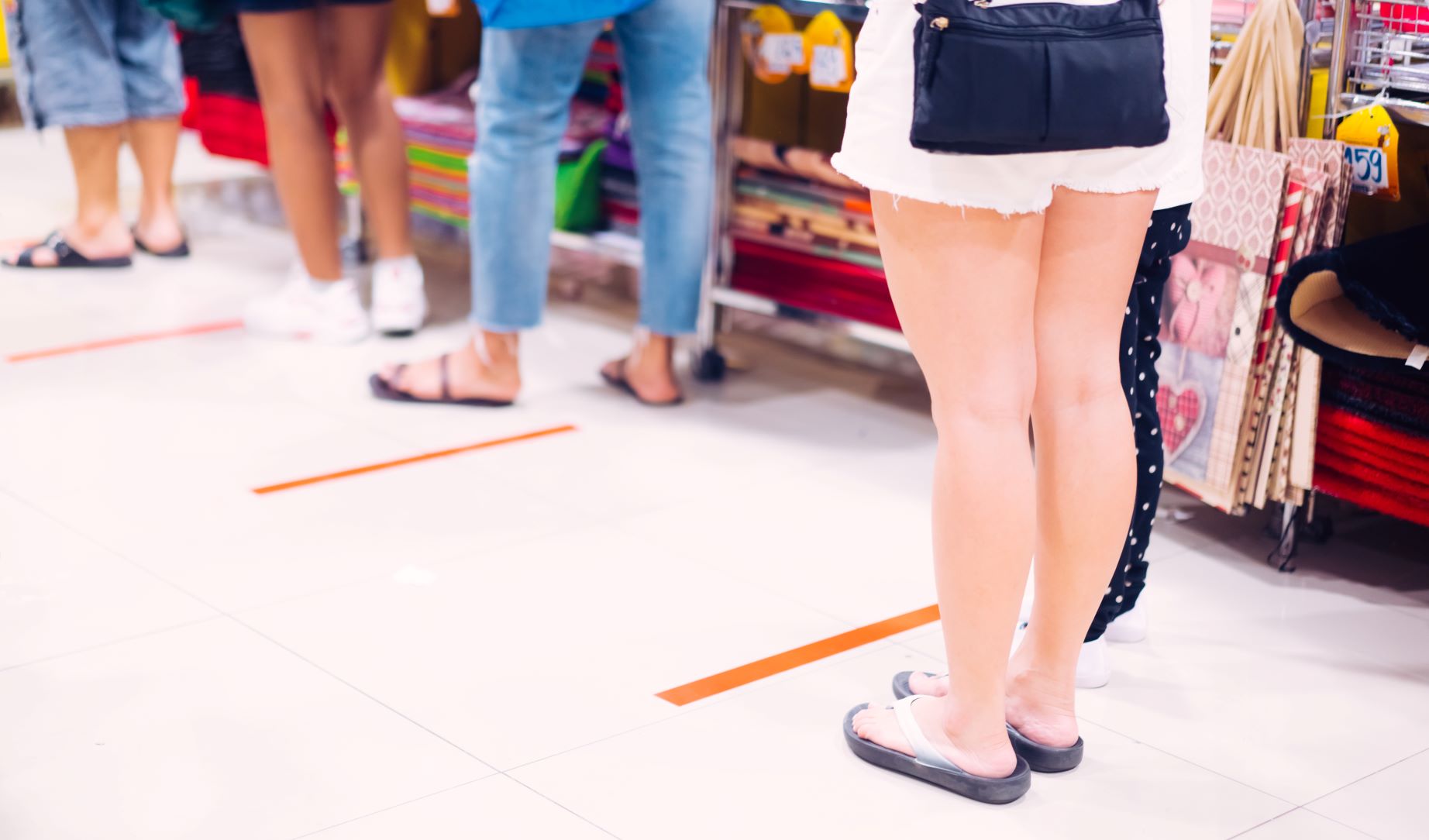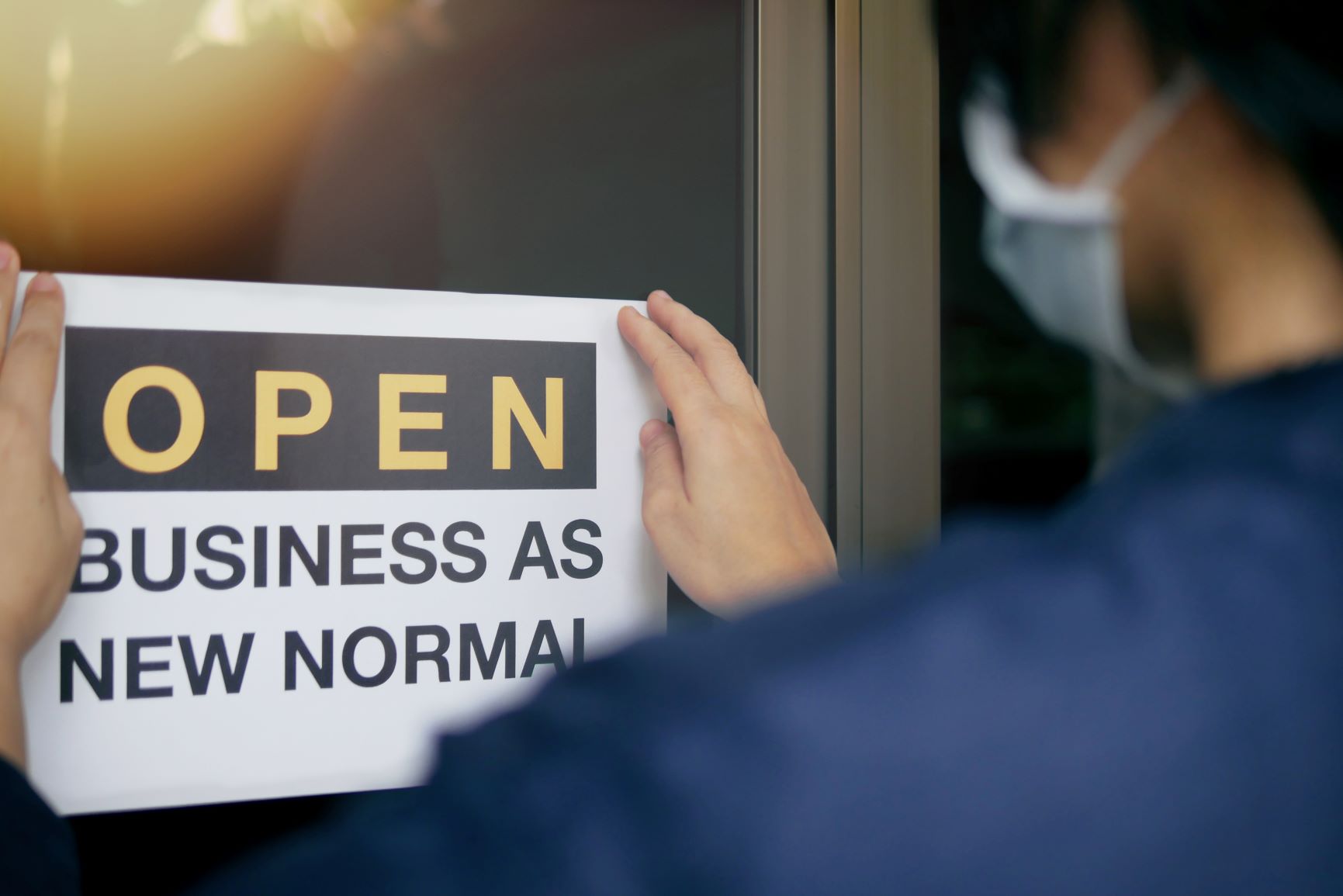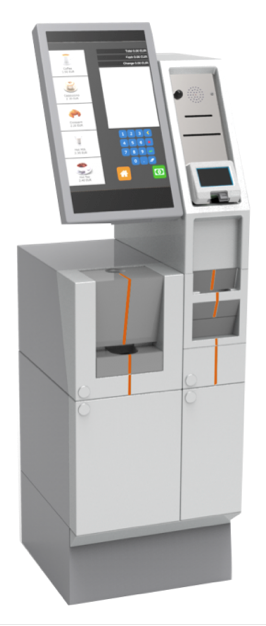June 01, 2020

The New Normal
Life Post Lockdown
Cash withdrawals increased during the COVID-19 pandemic and retail cash transactions decreased. This seemingly contradictory consumer behavior may be the result of rational decisions on the part of consumers - uncertain of what lies ahead - to establish a cash reserve and reduce credit debt.
Retailers.
Social distancing, and facial masks are required in public places, and stores generally adhered to both guidelines. Online ordering, home delivery, and in store pick-up surged along with the promotion of contactless and cashless payments. Consumers that rely on - or prefer to pay with - cash to acquire goods have found it impossible to shop online.

Stores took visual steps such as installing six-foot social distancing markers and plexiglass cashier shields, requiring associates to wear masks, and in many instances disinfected shopping carts, and provided consumers with disinfecting wipes at store entry. Grocery stores, and other stores deemed “essential”, reduced operating hours to allow time to disinfect and replenish stock. Bankruptcies increased as stores struggled with debt, and lock-down store closings.
Restaurants and food service retailers worked with third party aggregators to provide home delivery, and some bore the cost for the service. Store pick-up services operated at less than 30% of normal revenue, and many stores plan on 50% once regulations allow stores to reopen. However, many independent smaller stores - unprepared for e-commerce - have closed and may not reopen.
Consumers
High unemployment rates have reduced the disposable income of consumers. And even for those who are still employed, the current climate and uncertainty of our financial future has caused the vast majority of us to manage our expenses more conservatively. This includes taking certain measures to protect our finances. Consumers have increased cash withdrawals, personal savings, and reduced credit card debt; suggesting they are preparing for an uncertain recovery.
Consumer use of self-checkout machines has increased - suggesting consumers are more comfortable with machines than interfacing with cashiers. Banks pulled back on credit lines as more people become unemployed. With two-thirds of the American GDP based on consumer spending, reduced consumer spending points to longer term challenges for an economic recovery.

The New Normal
What the new normal will look like is highly debated and will be highly influenced by any change in economic and virus conditions.
Post COVID-19 consumers will likely to monitor unemployment, numbers, any resurgence of COVID-19, when a vaccine will be available, and how stores prepare to reopen. As stores reopen consumers likely will return to trusted brands.
One retailer commented,
"This isn't short-term. You’re going to have to operate like this for the foreseeable future. I don't care what your company does. Every business in America is in the health and wellness business".
And this perception, which has been echoed by many retailers, must be taken into consideration with regard to planning the future of our economy.
COVID-19 has made consumers conscious of social distancing and hygienic operations and has reduced the amount of time they feel comfortable spending in stores. It will require time to readjust consumer behaviors as stores reopen and COVID-19 subsides
Cash transactions between consumers and cashiers require particular attention. Manual cash transactions cannot adhere to six-foot social distancing goals and take more time than contactless payments. That doesn't mean stores should avoid consumers that rely on - or choose to pay with - cash though.
As stores reopen attracting and retaining customers is key to financial survival. No customer should be turned away or made to feel uncomfortable regardless of their payment choice.

Sign in to comment
Sign in with LinkedInBy clicking Sign in with LinkedIn, you agree to let Compuflex Corporation store your LinkedIn profile.